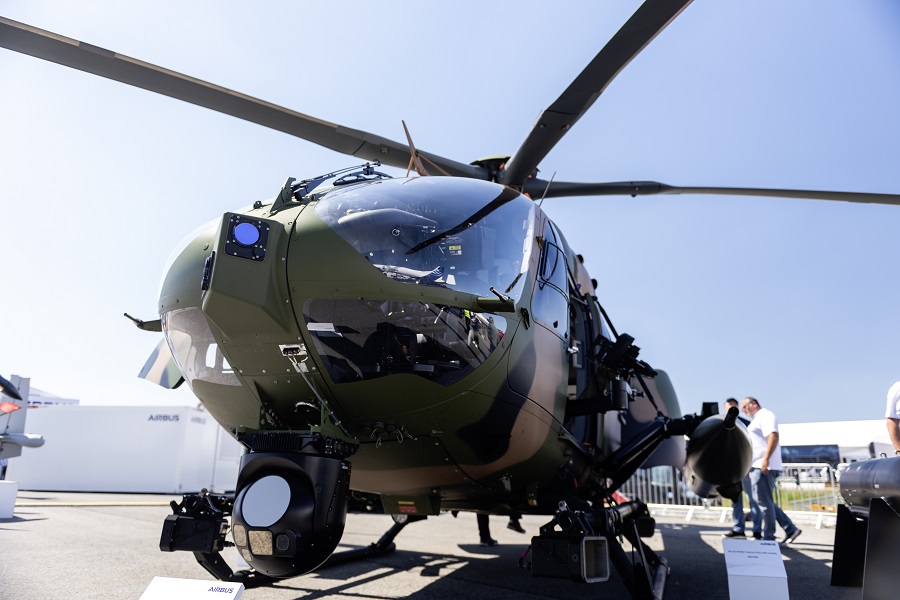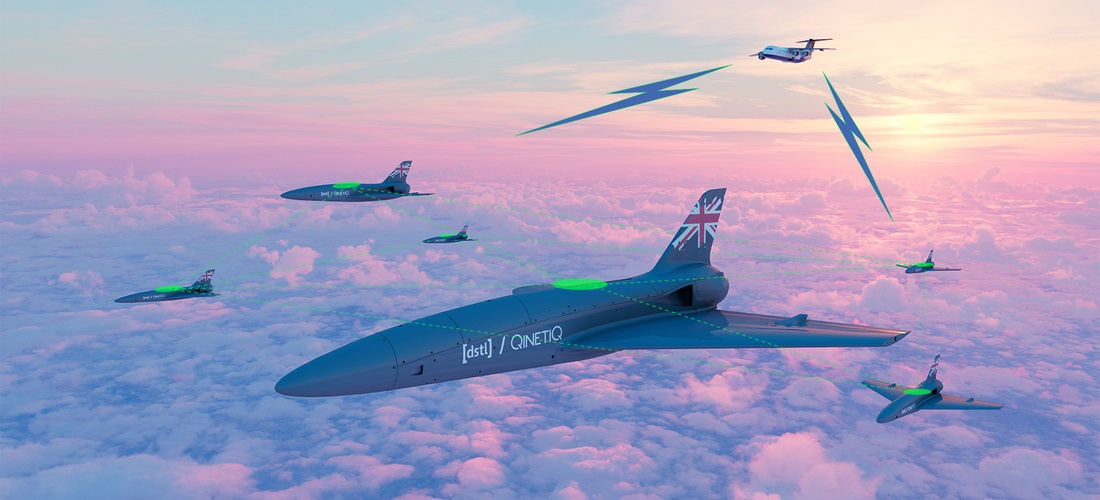“Our extensive capabilities in this process along the manufacturing chain are a real competitive advantage,” said Stefan Thomé, Managing Director of Airbus Helicopters in Germany. “Among other advantages, 3D printing can reduce the weight of aircraft components which leads to less fuel consumption. Such potential can bring financial benefits and contribute to reducing CO2 emissions during operations.”
Other advantages of 3D printing include a significant increase in resource efficiency in the manufacturing process and high flexibility. Components with new configurations can be printed as individual pieces or in small series for testing purposes. This also makes the process appealing for building prototypes. While conventional machining involves milling components out of solid blocks, additive layer printing uses laser beams to melt metal or plastic powders. In this way, the desired shapes are created layer by layer. This makes it easier to produce complex structures than with conventional methods. A conventional manufacturing process requires up to ten times more raw material than the final product, whereas additive manufacturing requires only 1.5 times as much.
Since 2017, Airbus Helicopters has mass-produced more than 9,400 locking shafts for the doors of the Airbus A350, using the additive process as part of the Donauwörth-based airplane door business. Eleven tonnes of titanium powder have been used in Donauwörth for printing the locking shafts.

























